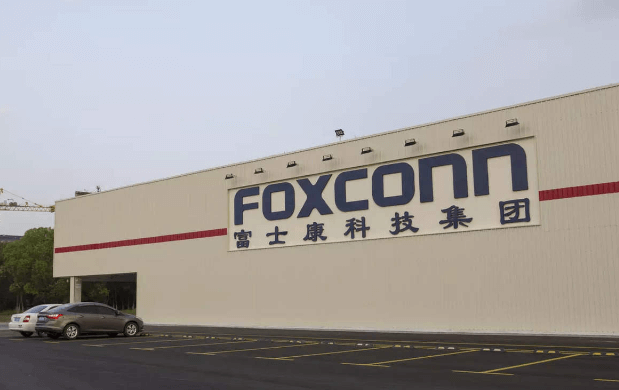India 10b Foxconnvedantapatelsemianalysis

The recent $10 billion partnership between Foxconn and Vedanta Patels has generated significant interest and speculation regarding its potential impact on India’s economy.
This collaboration brings together two global powerhouses in the technology and manufacturing sectors, promising to create new job opportunities and boost India’s manufacturing capabilities.
However, as with any major investment, there are also challenges and considerations that need to be carefully analyzed.
In this discussion, we will explore the potential benefits of the Foxconn-Vedanta Patels partnership, as well as the challenges that lie ahead for India.
Stay tuned to discover how this deal could shape India’s economic landscape.
The Impact on India’s Economy
The entry of Foxconn into India’s economy has had a significant impact, reshaping industries and creating new opportunities for growth.
One of the key impacts has been the creation of jobs. Foxconn’s presence in India has led to the establishment of manufacturing facilities, which has resulted in the generation of employment opportunities for the local workforce.
Additionally, Foxconn’s entry has facilitated technology transfer, allowing for the adoption and implementation of advanced manufacturing processes and techniques in India.
Read Also Interview Niels Provos David Maziereshay
Benefits of the Foxconn-Vedanta Patels Partnership
The partnership between Foxconn and Vedanta Patels has brought forth numerous advantages, driving innovation, productivity, and economic growth.
This collaboration has created new opportunities for technological advancements and has helped India establish itself as a global manufacturing hub.
The joint venture has also led to the development of skilled labor and the transfer of knowledge, contributing to the overall progress of the country.
The Foxconn-Vedanta Patels partnership has been instrumental in harnessing India’s potential and opening doors for a brighter future.
Challenges and Considerations for India’s $10 Billion Deal
India’s $10 billion deal with India 10b Foxconnvedantapatelsemianalysis presents various challenges and considerations that need to be carefully addressed. One of the main challenges is harnessing India’s manufacturing potential to meet the demands of this large-scale investment. The country needs to ensure it has the infrastructure, skilled labor force, and regulatory framework in place to support such a venture.
Additionally, India must create a favorable environment for foreign investment opportunities. This includes addressing issues related to ease of doing business, intellectual property rights, and tax regulations. These factors play a crucial role in attracting and retaining foreign investors.
To successfully navigate these challenges, India needs to work on improving its infrastructure, including transportation and energy networks. This will not only support the manufacturing sector but also facilitate the movement of goods and people. Moreover, investing in skill development programs and education will help create a robust and competent labor force.
Furthermore, the government should focus on streamlining bureaucratic processes, reducing red tape, and simplifying regulatory requirements. This will improve the ease of doing business and make India a more attractive destination for foreign investors.
Addressing intellectual property rights concerns is also of utmost importance. India needs to strengthen its legal framework to protect intellectual property and provide a fair and transparent system for resolving disputes. This will instill confidence in foreign investors that their ideas and innovations will be safeguarded.
Lastly, India should review its tax regulations and ensure they are fair and predictable. Clear and consistent tax policies will provide certainty to investors and encourage long-term commitments.
Read Also Japan Micron 322m Hiroshimayamaguchi
Conclusion
In conclusion, the India 10b Foxconnvedantapatelsemianalysis partnership has the potential to significantly impact India’s economy.
While the collaboration brings benefits such as job creation and technology transfer, challenges such as environmental concerns and labor rights need to be carefully considered.
As India navigates this deal, it must ensure a balanced approach that maximizes the benefits and minimizes the risks, just like a tightrope walker who maintains a delicate balance to reach their destination safely.




